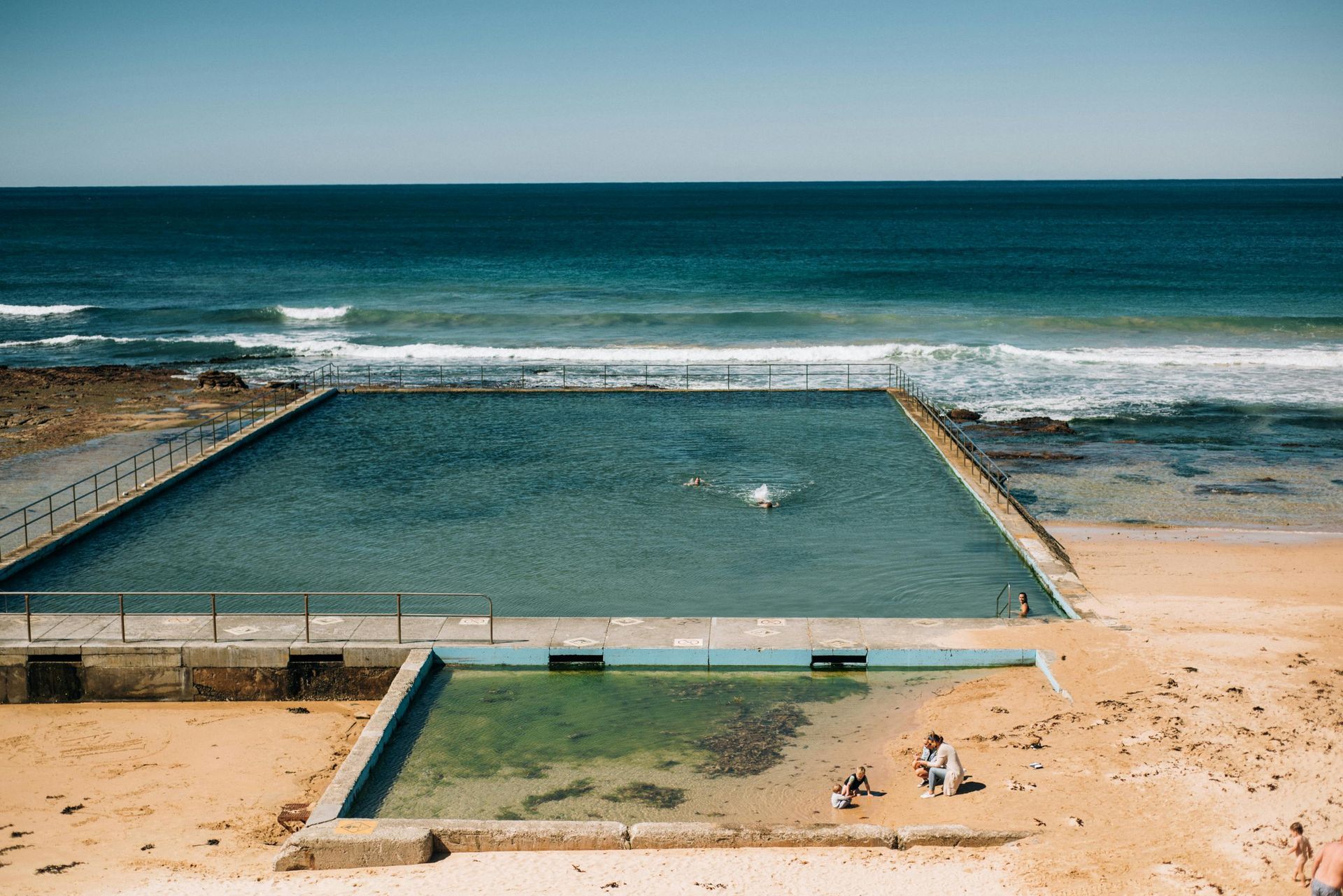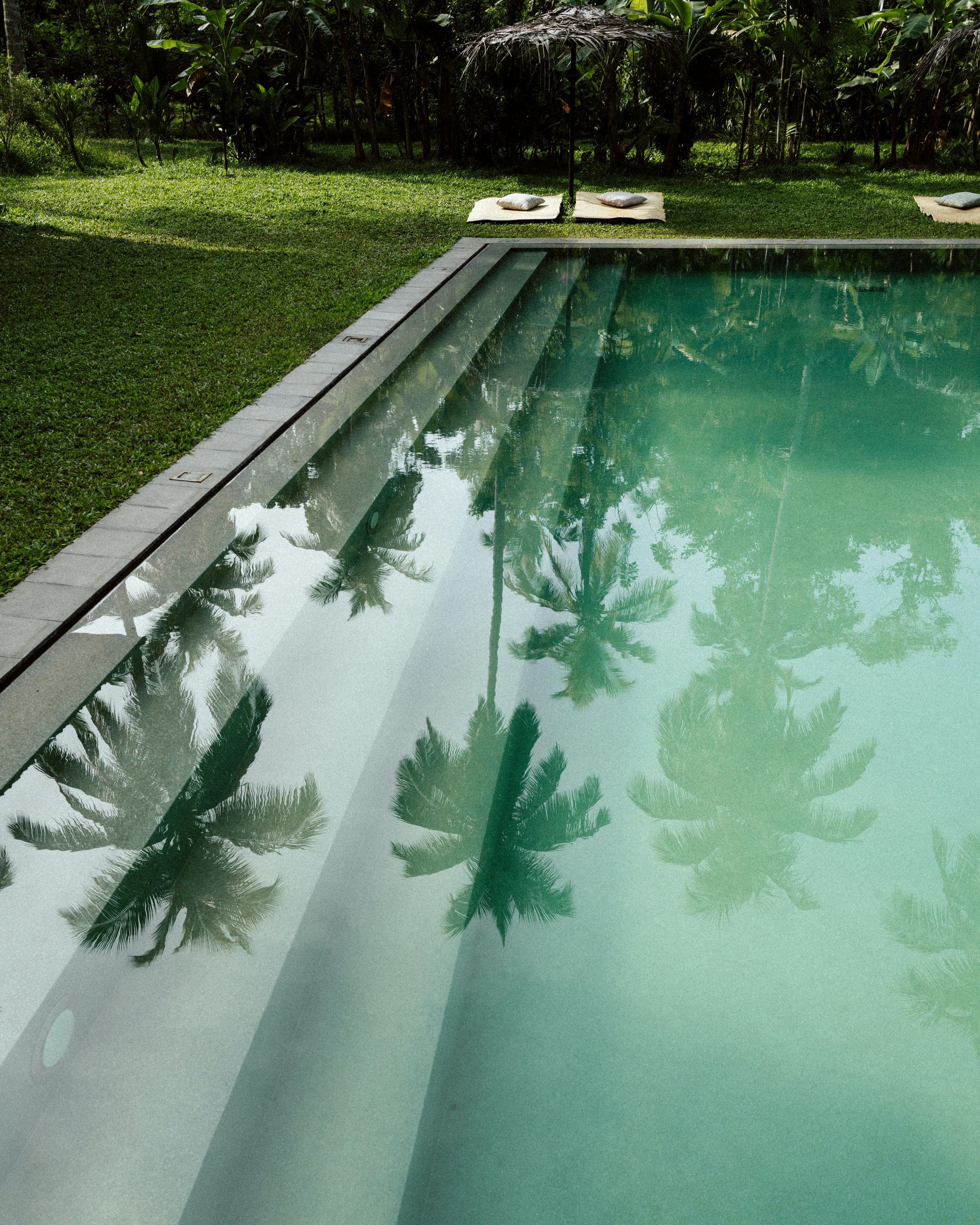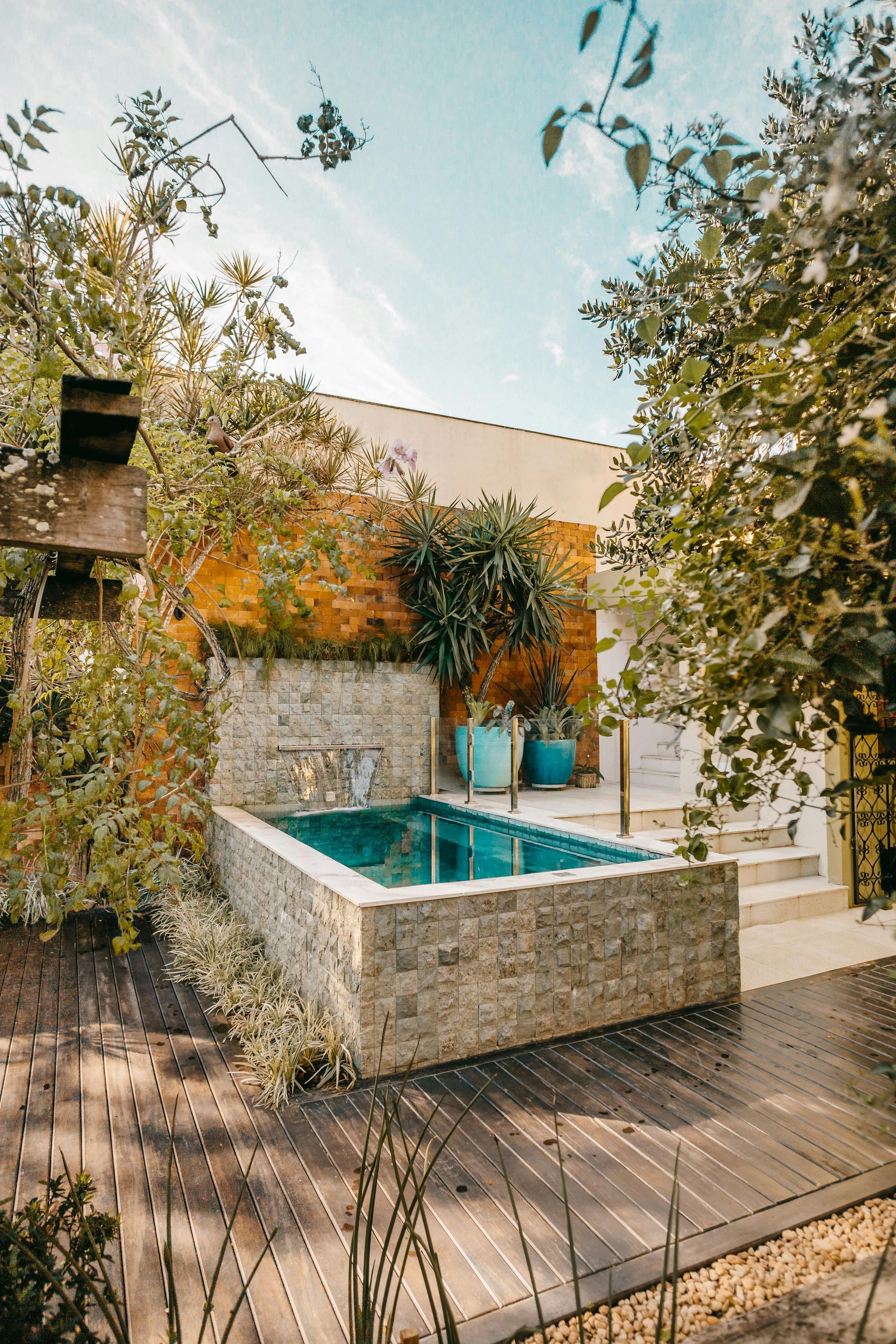The Hidden Dangers of Salt Water Pools: What Every Pool Owner Should Know
Salt water pools have gained popularity as a low-maintenance alternative to traditional chlorine pools. While they offer several benefits—such as softer water and fewer harsh chemicals—there are some hidden risks that homeowners should be aware of before making the switch.
If you're considering installing a salt water pool, here are the potential downsides to keep in mind.

1. Corrosion Can Damage Pool Equipment and Surroundings
Salt water is naturally corrosive, which can damage:
✔️ Metal parts like ladders, railings, and pool heaters
✔️ Pool decks and coping (especially if made of soft stone like limestone)
✔️ Pool furniture and outdoor fixtures near the pool
💡 Solution: Use corrosion-resistant materials like stainless steel or plastic-coated metals and rinse off poolside surfaces regularly.
2. Higher Upfront Costs for Installation
Installing a salt water pool requires a salt chlorine generator, which costs between $1,000 and $3,000 upfront. This is in addition to the pool installation costs.
💰 Breakdown of initial costs:
✔️ Salt chlorine generator: $1,000 – $3,000
✔️ Installation: $500 – $2,500
✔️ Salt bags for start-up: $100 – $300
💡 Solution: While initial costs are higher, long-term savings from reduced chemical purchases can offset this over time.
3. Salt Chlorine Generators Require Maintenance
Many homeowners believe salt water pools are "maintenance-free," but that's a myth. Salt chlorine generators require regular cleaning to prevent calcium buildup, and the salt levels must be monitored to keep water balanced.
🛠 Maintenance requirements include:
✔️ Cleaning the generator every 3–6 months
✔️ Checking and adjusting salt levels
✔️ Testing pH and chlorine levels regularly
💡 Solution: Invest in routine pool maintenance to extend the life of your generator and keep your water clear.
4. Pool Water Still Contains Chlorine
A common misconception is that salt water pools don’t have chlorine. The truth is, the salt chlorine generator produces chlorine through electrolysis, meaning chlorine is still present—just in a milder form.
🚨 Potential issues:
✔️ Can still irritate sensitive skin or eyes
✔️ Requires proper chlorine balance to prevent algae growth
💡 Solution: Regular water testing ensures chlorine levels are safe and effective.
5. Saltwater May Not Be Compatible with Certain Pool Types
Salt water can damage vinyl pool liners, plaster, and concrete over time. If you're switching from a traditional chlorine pool, check if your pool's materials are salt-resistant.
💡 Solution: Use epoxy coatings or salt-resistant materials to protect surfaces.
6. Limited Effectiveness in Cold Climates
Salt chlorine generators work best in warm temperatures. If water temperatures drop below 60°F, the generator may stop producing chlorine, leading to unsanitary pool conditions.
💡 Solution: Use a pool heater or supplement with chlorine in cooler months.
Is a Salt Water Pool Right for You?
While salt water pools offer many advantages, they also require proper care to avoid corrosion, equipment damage, and maintenance challenges. If you’re considering one, it’s important to weigh the pros and cons carefully.
Need Help Choosing the Best Pool System?
At McKinney Master Pools, we help homeowners design custom pools that fit their needs—whether it's salt water, chlorine, or UV-sanitized. Our experts will guide you through the best options for your backyard and budget.
📞 Call us today to get expert advice and a free consultation!







